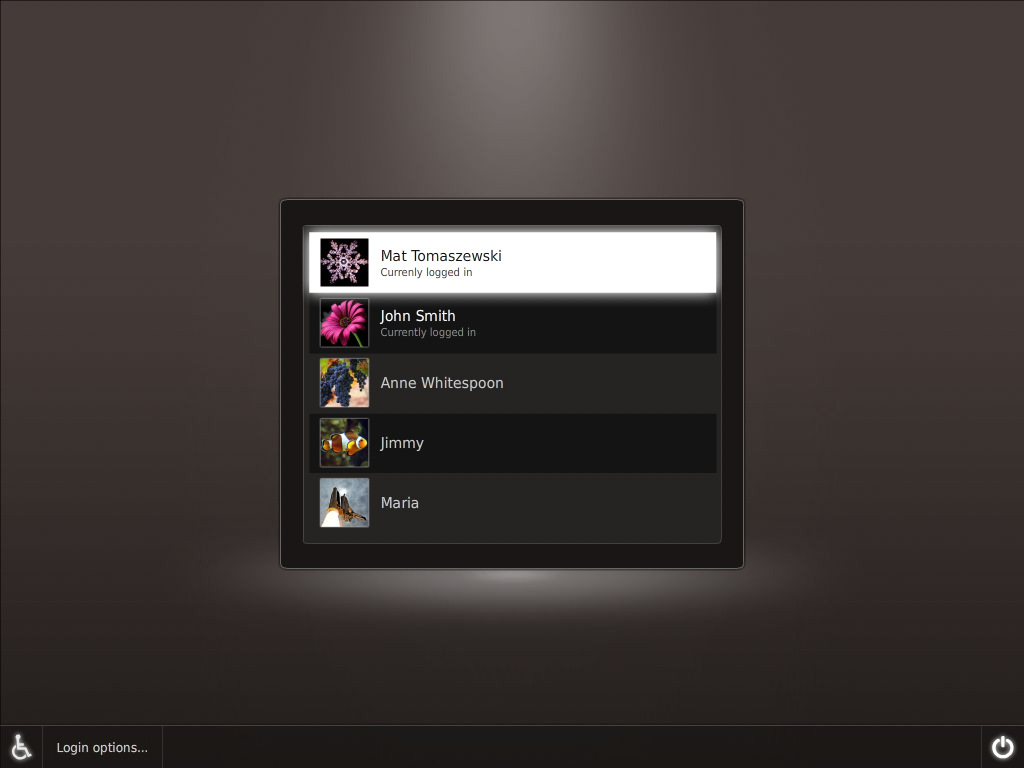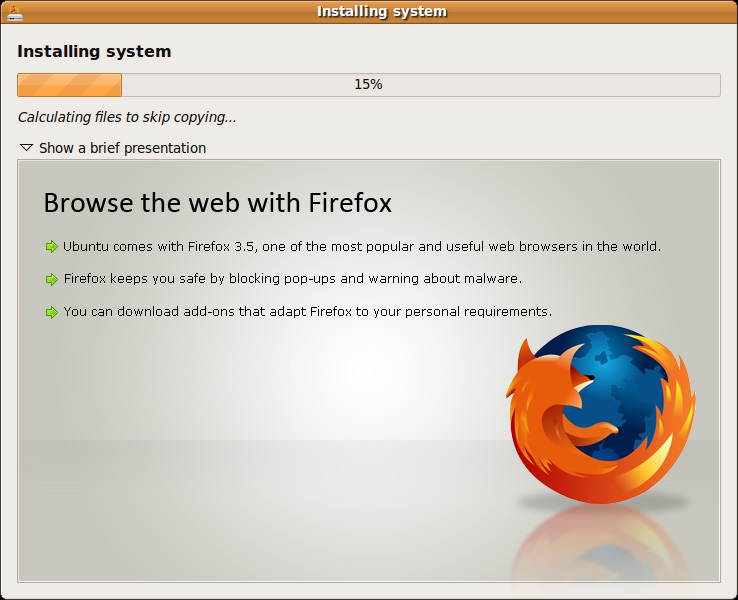
Source: http://bapoumba.wordpress.com/



Olivia Galbraith has created this amusing image showing all of the previously used Ubuntu mascots (release code names), in order of release, from Warty Warthog up to the latest Karmic Koala. The image is uploaded as a suggestion for the (abstract artwork) "extra backgrounds package". All mascots are shown as stuffed animals. What a funny idea!
From the left: Warty Warthog, Hoary Hedgehog, Breezy Badger, Dapper Drake, Edgy Eft, Feisty Fawn, Gutsy Gibbon, Hardy Heron, Intrepid Ibex, Jaunty Jackalope, Karmic Koala.


We’re working on exposing the multitouch data from the system to regular web pages through DOM Events, and all of these demos are built on top of that. They are simple html pages that receives events for each touch point and use them to build a custom multitouch experience.
We’ll also add CSS support to detect touchscreen devices. Using the pseudo-selector :-moz-system-metric(touch-enabled), you can apply specific styles for your page only if it’s viewed by a touchscreen user. That, along with physical CSS units (cm or in), makes it possible to adjust your webapp for a touchscreen experience.
Check out a short video with the demos in action (.ogg), .mp4 and some screenshots for reference (I added some marks to the images showing where the contact points are).



1. Include in Ubuntu 9.10 a simple and fun interface for finding, installing, and removing software.
2. Increase use of apt: links by Ubuntu enthusiasts, software projects, and ISVs, replacing terminal commands or standalone downloads.
3. Fine-tune the interface presented when software updates are available.
4. Establish a system within Launchpad for registered users to suggest a better description, category, keywords, and/or screenshot for a software package, and for the package maintainer to incorporate those changes into a new version of the package, so that end users can find the software more easily later.


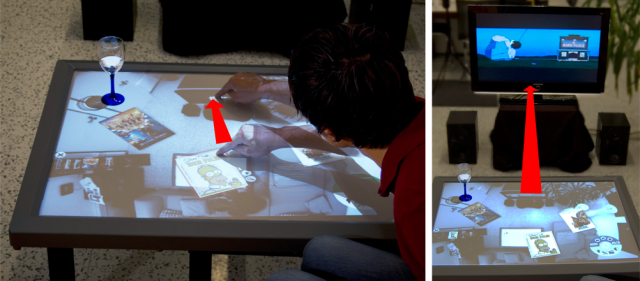




"We're already seeing a growing trend towards cadence in free software, which I think is a wonderful move. Here, we are talking about elevating that to something that the world has never seen in proprietary software (and never will) - an entire industry collaborating. Collaboration is the primary tool we have in our battle with proprietary software, we should take the opportunities that present themselves to make that collaboration easier and more effective."
"This is a good faith offer of help and support in order to reach a tough but noble and achievable goal. It won't be easy, the first time or the next, but it will kickstart a process that will bring dividends to Debian, and to the whole broader ecosystem. Ask upstreams what they think, and whether they would want to participate, and you'll hear a very positive response."
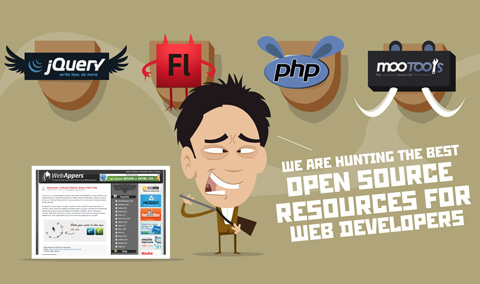

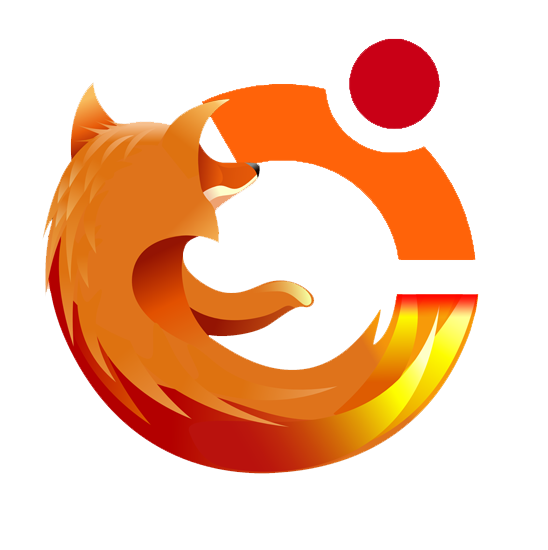
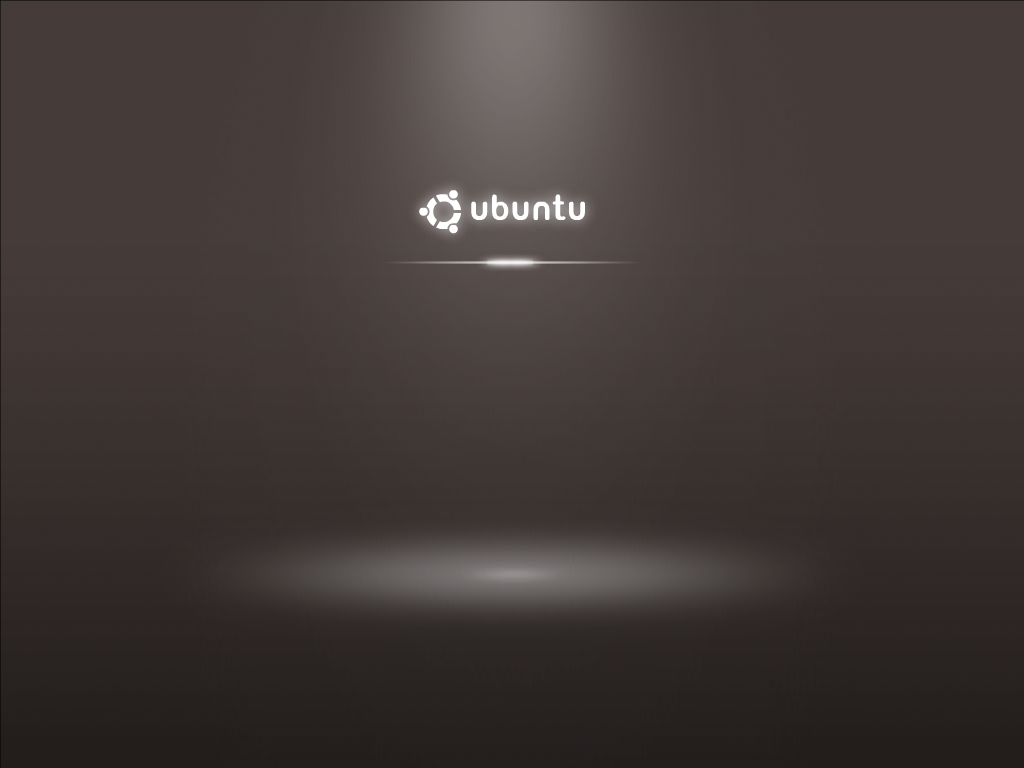
Hi,
Not so long ago we announced the revamp of boot and login experiences in Ubuntu and received a great response from the Artwork Team, with many interesting concepts being submitted. Thanks again for all your hard work.
The deadline approaches fast and the time is now to make final decisions. We have just returned from the Platform Sprint in Dublin, where folks directly responsible for making Ubuntu release happen on time have gathered. The design team's role was to propose final concepts, communicate them to the developers and make sure they can be implemented on time. We have received a lot of valuable feedback and revised our proposals accordingly.
The initial assumptions, however, remain unchanged. The Foundations Team's goal is to start the X server as fast as possible (3-4 seconds on a reference machine) and therefore, Usplash will not be used in most cases. A new splash screen (Xsplash) will be developed on top of the X server and enable a smooth transition into the GDM and the user session.
The latest designs can be viewed here:
https://wiki.ubuntu.com/Artwork/Incoming/Karmic/Boot/Demo.
We're looking forward to your feedback!
Many thanks,
Mat
